
Capricornis sumatraensis (English: Mainland Serow, Serow, Spanish: Serau de Sumatra, German: Südlicher Serau), has three subspecies, namely Sumatran Serow (nominal subspecies), Chinese Serow and Himalayan Serow. In ancient times, it was called "Heavenly Horse". According to the Records of...
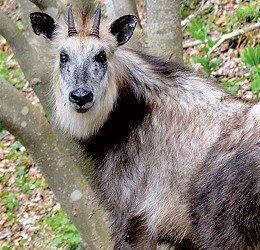
Japanese Serow (scientific name: Capricornis crispus) is also known as Japanese Serow, and has no subspecies. As one of Japan's official national treasures, the Japanese Serow has caused trouble for taxonomists due to its unique characteristics. All species of the genus Serow were once grouped t...
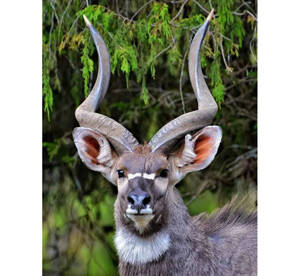
Bushbuck (scientific name: Tragelaphus scriptus) is also known as Bushbuck in foreign languages. There are 10 subspecies.Bushbuck is the least social of the African antelopes. Often seen alone, although sometimes small groups of females and their young are found. Bushbucks are not territorial specie...
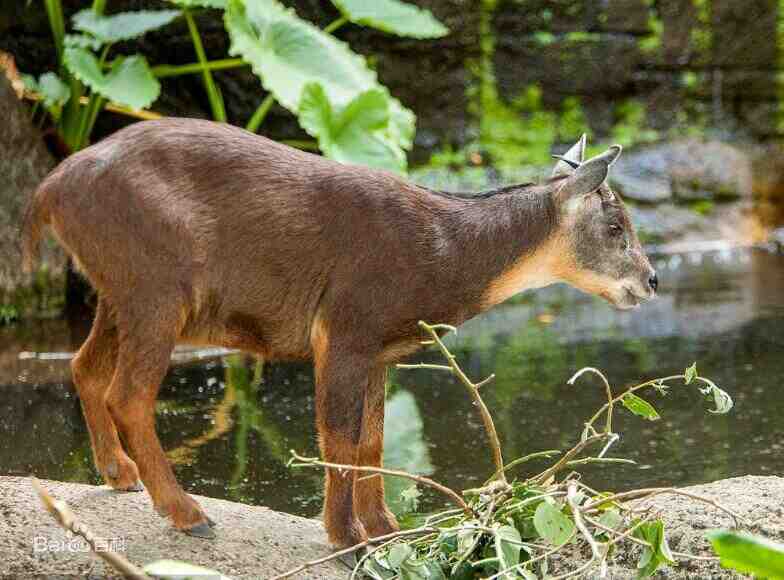
Taiwan serow is called Taiwan serow in English, and has no subspecies. The Taiwan serow is smaller in size and more similar to the goral (Naemorhedus goral) than the mainland's serow (Capricornis sumatraensis), with brown hair, shorter mane than the mainland serow, but more erect, with a light c...
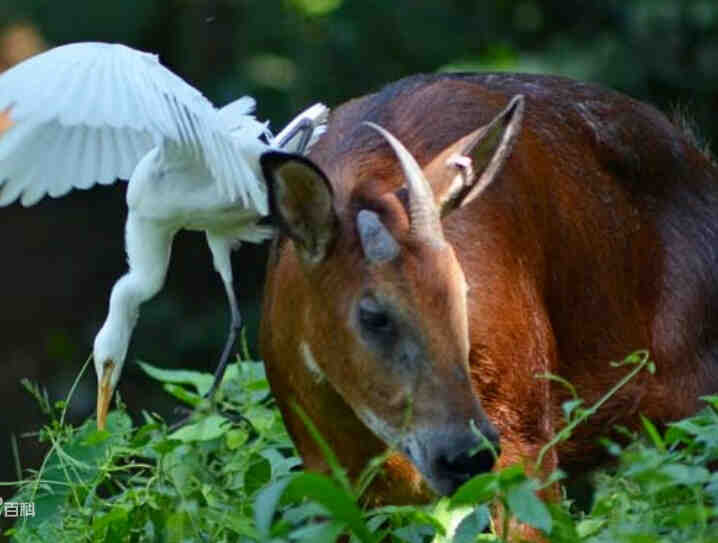
Red Serow, with no subspecies, is a separate species of the genus Serow in the family Bovidae of the order Artiodactylus.The red fur appearance of the Red Serow is easily distinguished from other black, gray or dark brown species of the genus Serow. However, some experts believe that the population...
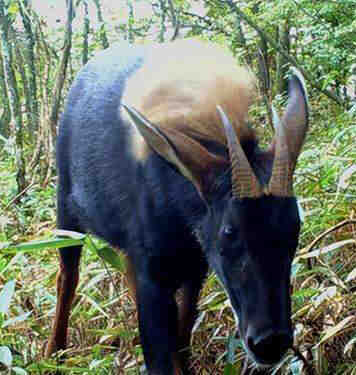
Chinese Serow, also known as Chinese Serow in English, has two subspecies and is one of the typical animals in the tropical and subtropical regions of southeast Asia.The horns of the Chinese serow look like a deer, but it is not a deer; the hooves look like a cow, but it is not a cow; the head looks...